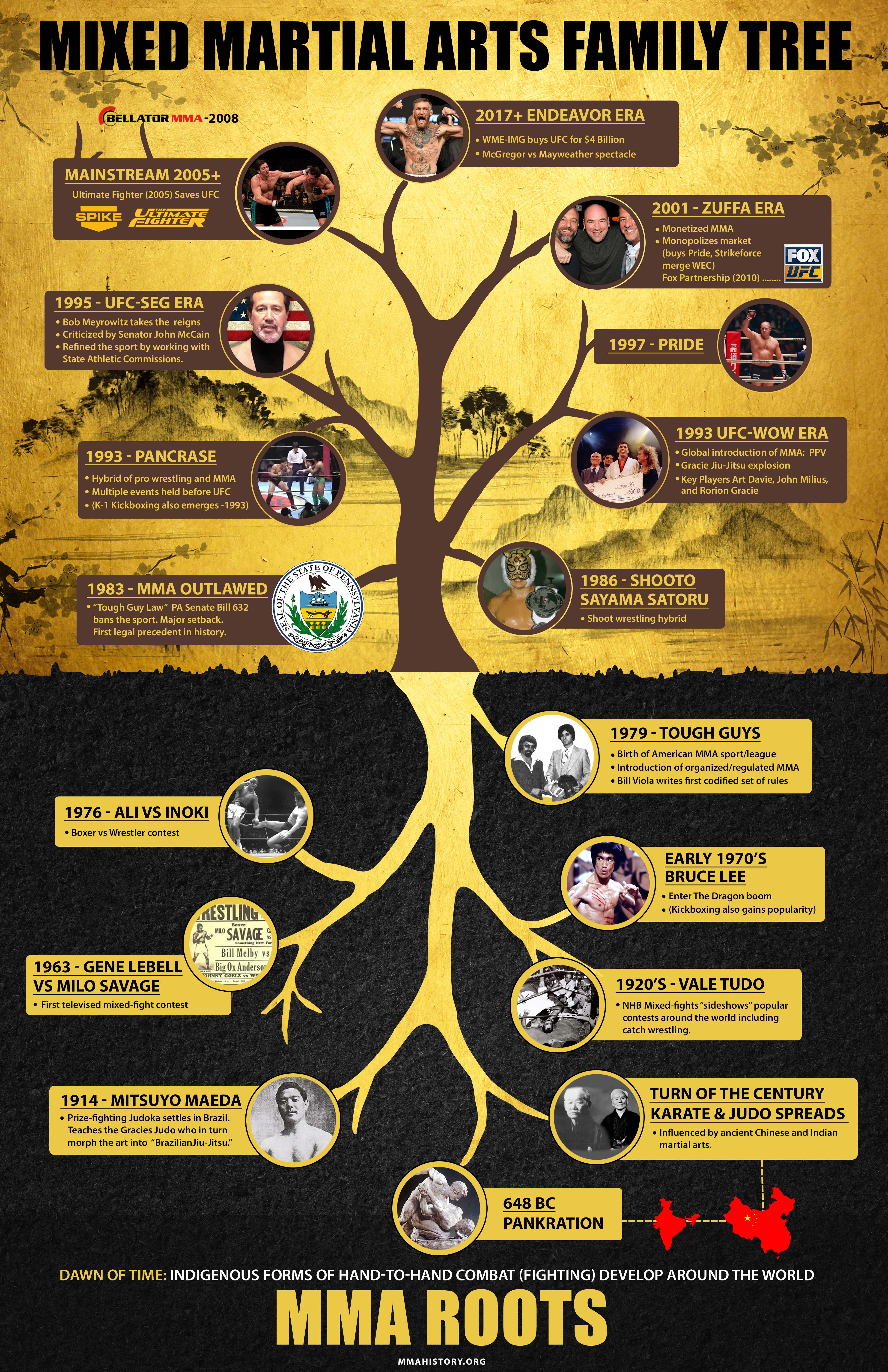A Historic Introduction And Progression Of Martial Arts Around The World
A Historic Introduction And Progression Of Martial Arts Around The World
Blog Article
Short Article Produced By-Chu Silverman
Martial arts have a remarkable history that covers centuries and continents. You could locate it intriguing exactly how ancient techniques like Shuai Jiao and Kalaripayattu prepared for modern-day battle techniques. These techniques not just highlight physical skills however additionally show the societies that birthed them. As you explore their advancement, think about just how globalization has actually changed these traditional types into crossbreed styles. What influences do you assume have shaped today's martial arts landscape?
Ancient Martial arts: The Foundations of Combat
As you explore the world of ancient martial arts, you'll discover the rich structures that formed combat strategies throughout cultures. Very early practices focused on Self-Defense and survival, frequently including strikes, hurting, and weaponry.
In ancient China, as an example, methods like Shuai Jiao stressed tosses and joint locks, while India's Kalaripayattu showcased agility and liquid activity. Japanese samurai created Kenjutsu, a refined swordsmanship that highlighted self-control and method.
These martial arts served not just for fight but likewise as a way of individual growth, instilling values like regard and determination. The mixing of these methods with time prepared for the diverse martial arts you see today, each mirroring the special approaches and needs of its culture.
The Cultural Influence on Martial Arts Development
While martial arts frequently show the useful requirements of a society, they also symbolize the social worths and ideas of their beginnings. When wing chun martial arts discover different martial arts, you'll notice how they're affected by religion, philosophy, and social norms.
For instance, the focus on regard and discipline in Japanese martial arts comes from Zen Buddhism and samurai culture. In is martial arts good for a 4 year old , Brazilian Jiu-Jitsu promotes versatility and method, shaped by the demand for performance in a diverse, multicultural atmosphere.
You could find that the rituals, attires, and training methods reflect an area's history and identity. By understanding these cultural influences, you grow your appreciation of martial arts and their role fit human experiences across the globe.
Modern Adaptations and the Globalization of Martial arts
Martial arts have actually transformed significantly in current years, adjusting to contemporary society and global influences. You'll discover that typical types have blended with contemporary strategies, creating hybrid styles like mixed martial arts. These adaptations deal with varied target markets, making martial arts easily accessible and attractive around the world.
With the increase of social networks and digital systems, you can discover tutorials and competitions from all edges of the globe, damaging geographical obstacles. This globalization has resulted in a common gratitude for different disciplines, from Brazilian Jiu-Jitsu to Taekwondo.
As you engage with these arts, you'll realize they're not almost fight; they promote fitness, technique, and mental health.
Eventually, modern adjustments have enhanced the martial arts landscape, making it a dynamic and advancing method.
Verdict
In exploring the history and advancement of martial arts, you uncover an interesting blend of strategies, cultures, and philosophies. From ancient self-controls like Shuai Jiao and Kalaripayattu to the modern adaptability seen in mixed martial arts, martial arts reflect humankind's pursuit for Self-Defense and personal growth. As you involve with these practices, you not only get abilities but also a deeper recognition for the varied customs that shape our world today. So, proceed your journey and welcome the art of combat!
